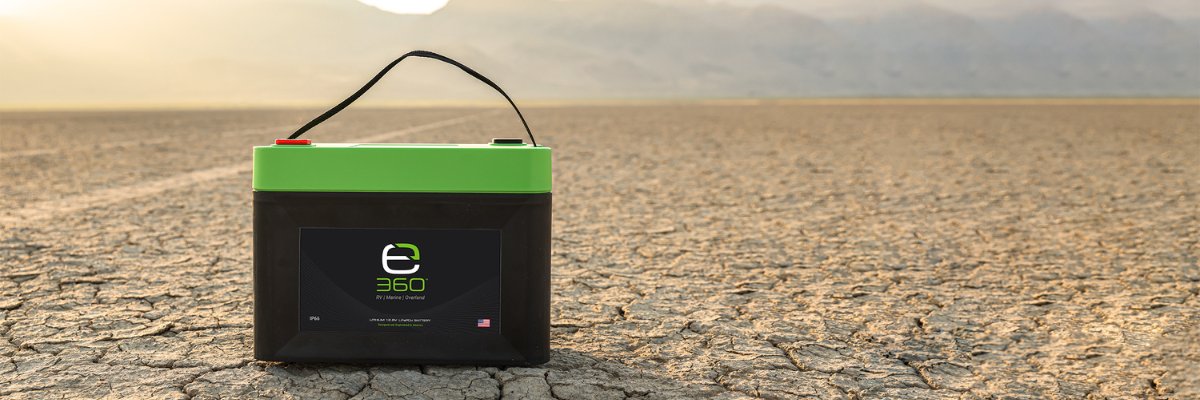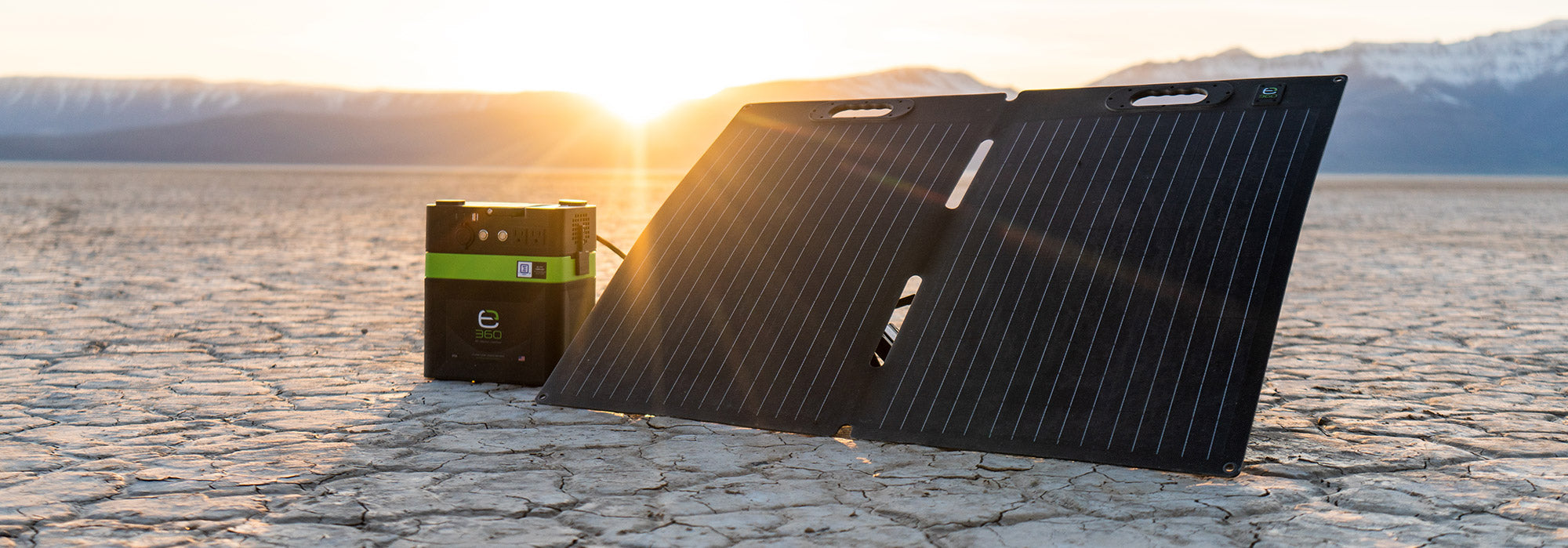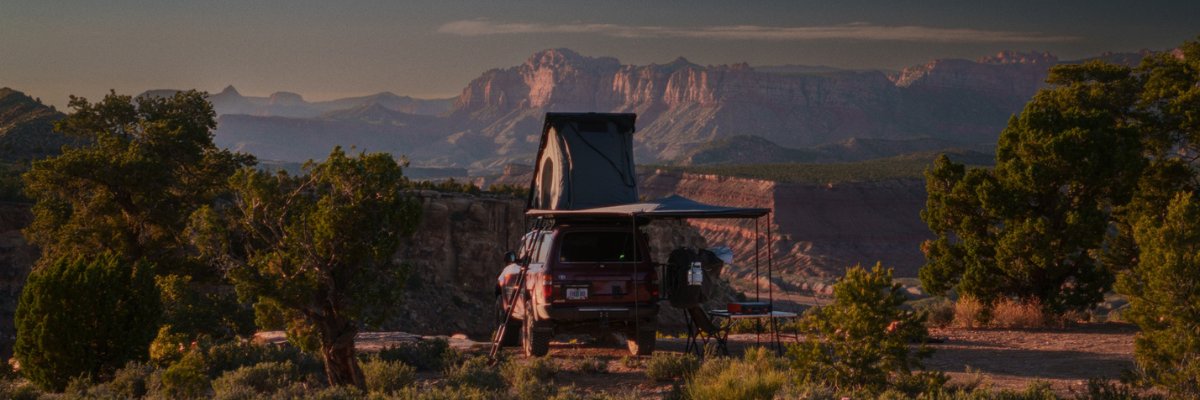Are expensive lithium batteries really worth it?
By Dave Solberg | View Article

Less-expensive RV lithium batteries use a cheaper and less time-consuming method of fastening the cells and plates together with a soldered connection, which is a joining process of two different metals such as the wire and the contact by melting a metal alloy usually made of tin and lead. This type of connection will not hold up to the rigors of running down the road. This method may work in a climate-controlled room for a residential application but not for the temperature changes and road vibration an RV will encounter. A mechanical connection ensures a solid connection for years to come.
A Customized Case
It may sound like a minor issue, but the case design can also add to the longevity of the battery. A customized case that protects the cells, plates, and battery management system (BMS) is important. Built-in rubber feet, radius corners, larger connector pads, and plastic dividers rather than fiberboard also provide superior protection.

Battery Management System (BMS)
Lithium batteries do not like cold weather. In fact, if the converter tries to charge below 32 degrees, it could ruin the battery. A good BMS will either eliminate low-temperature charging or, better yet, turn on a heater for cold-weather camping. It also regulates low and high charge voltage and other functions. It is the brains of a quality lithium battery that do all the thinking for you.

As stated in the first part, a quality battery manufacturer will only use Grade A cells and ensures the cells that are closely matched. However, even the best cells have their own specific characteristics for voltage and temperature. The BMS monitors each individual cell to ensure they are operating in a safe range and not charging or discharging at a different rate than other cells.
The BMS also monitors the state of charge and adjusts the charge coming to the battery from either a converter, inverter/charger, or solar panels. It can also provide information to the RV owner through a battery monitor, which can show the percent of capacity and available amp hours, and measures amps, watts, and voltage.
Cold Weather Usage
I stated earlier that lithium batteries do not like cold weather, which is not entirely true. Let me explain. A quality lithium battery can be operated in temperatures of between -20 degrees up to 120 degrees with a BMS; however, it is not advised to recharge the cells below freezing temperatures. This does not mean you will be stuck in the middle of Northern Iowa for six months until the temperature reaches 33 degrees!
One option is placing the batteries above floor level underneath a bed pedestal or under a dinette. Since they do not gas, they do not require venting like a flooded lead acid, so the onboard furnace will keep them warm enough to recharge.
The BMS will monitor the temperature and either shut down the charging process to protect the cells, which means a dead battery, or activate a heating option. The Expion360 batteries have an optional heat pad that the batteries sit on. Others have a built-in heater in specific models. If you are planning to camp in cold weather, make sure you research the option that works best for you.







